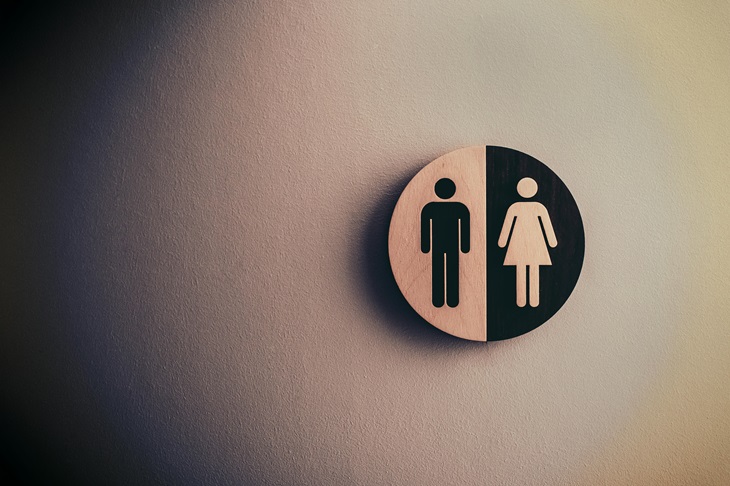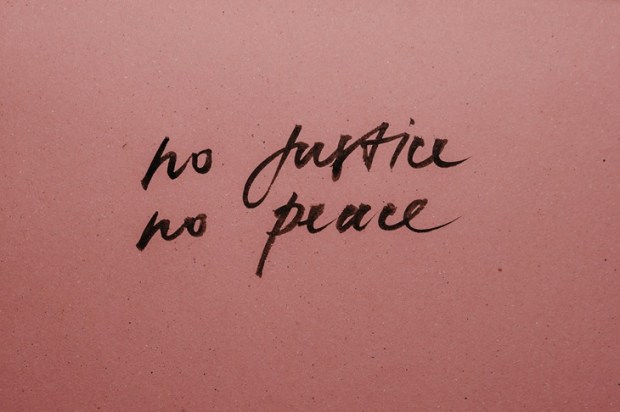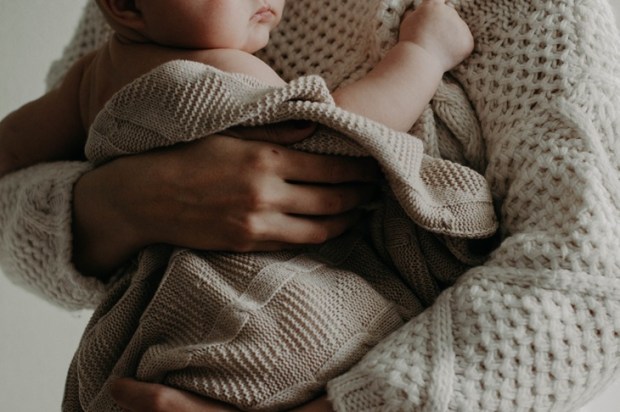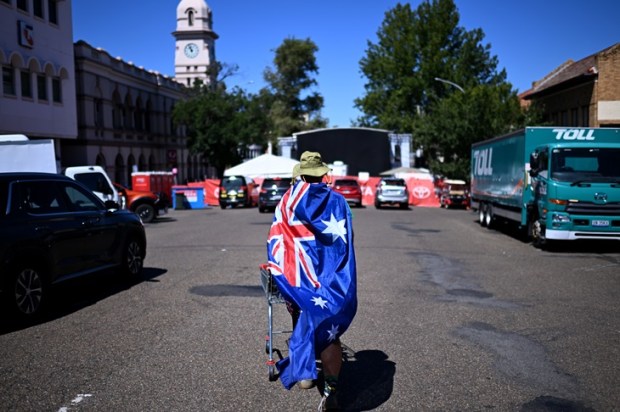Every year, like clockwork, the grievance industry works itself into a righteous fury over the annual Employer Census results compiled by the Workplace Gender Equity Agency (WGEA).
English Playwright William Congreve’s 17th Century line, ‘hell hath no fury like a woman scorned’ serves as an apt description of the confected outrage of the activist class to the gender pay gap, despite the figures failing to account for a woman’s vocational choice.
WGEA’s 2023 numbers say Australia’s total remuneration average gender pay gap is 21.7
Already a subscriber? Log in
Subscribe for just $2 a week
Try a month of The Spectator Australia absolutely free and without commitment. Not only that but – if you choose to continue – you’ll pay just $2 a week for your first year.
- Unlimited access to spectator.com.au and app
- The weekly edition on the Spectator Australia app
- Spectator podcasts and newsletters
- Full access to spectator.co.uk


























Comments
Don't miss out
Join the conversation with other Spectator Australia readers. Subscribe to leave a comment.
SUBSCRIBEAlready a subscriber? Log in